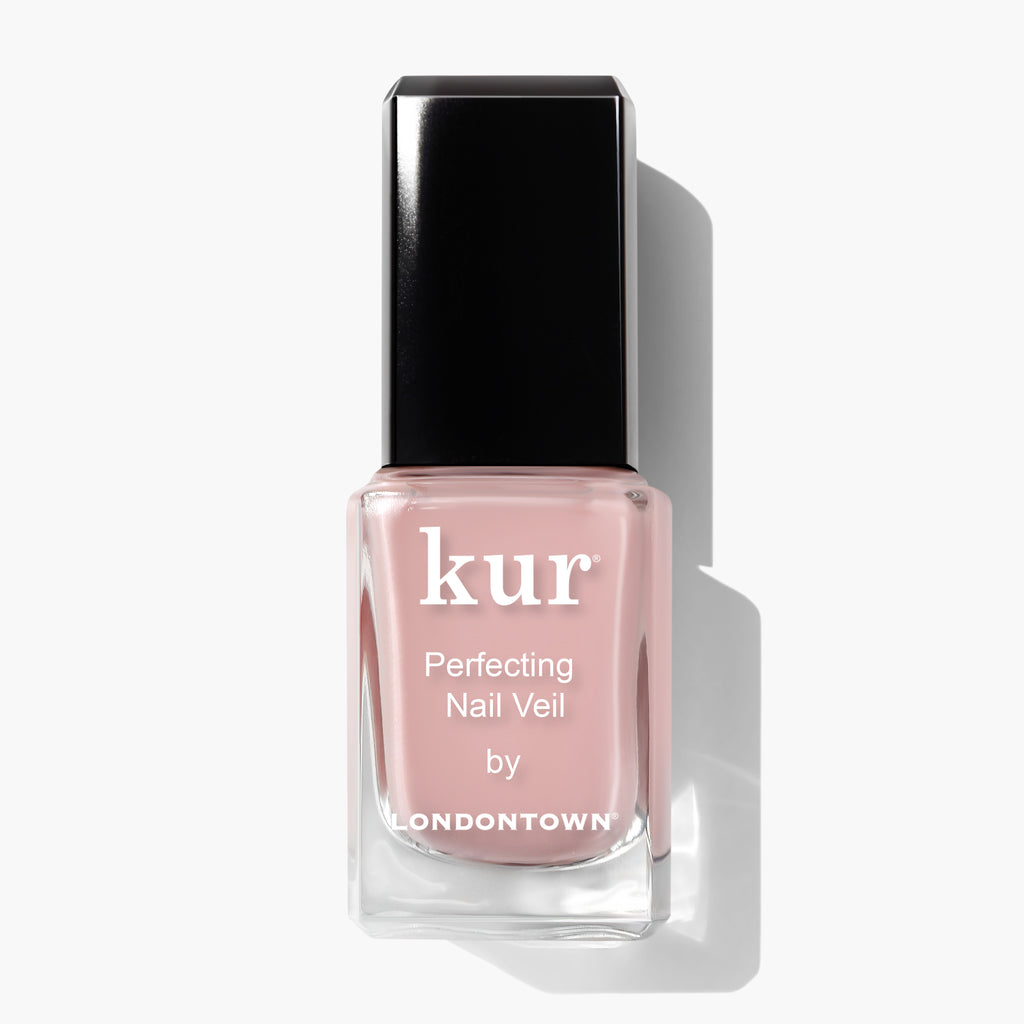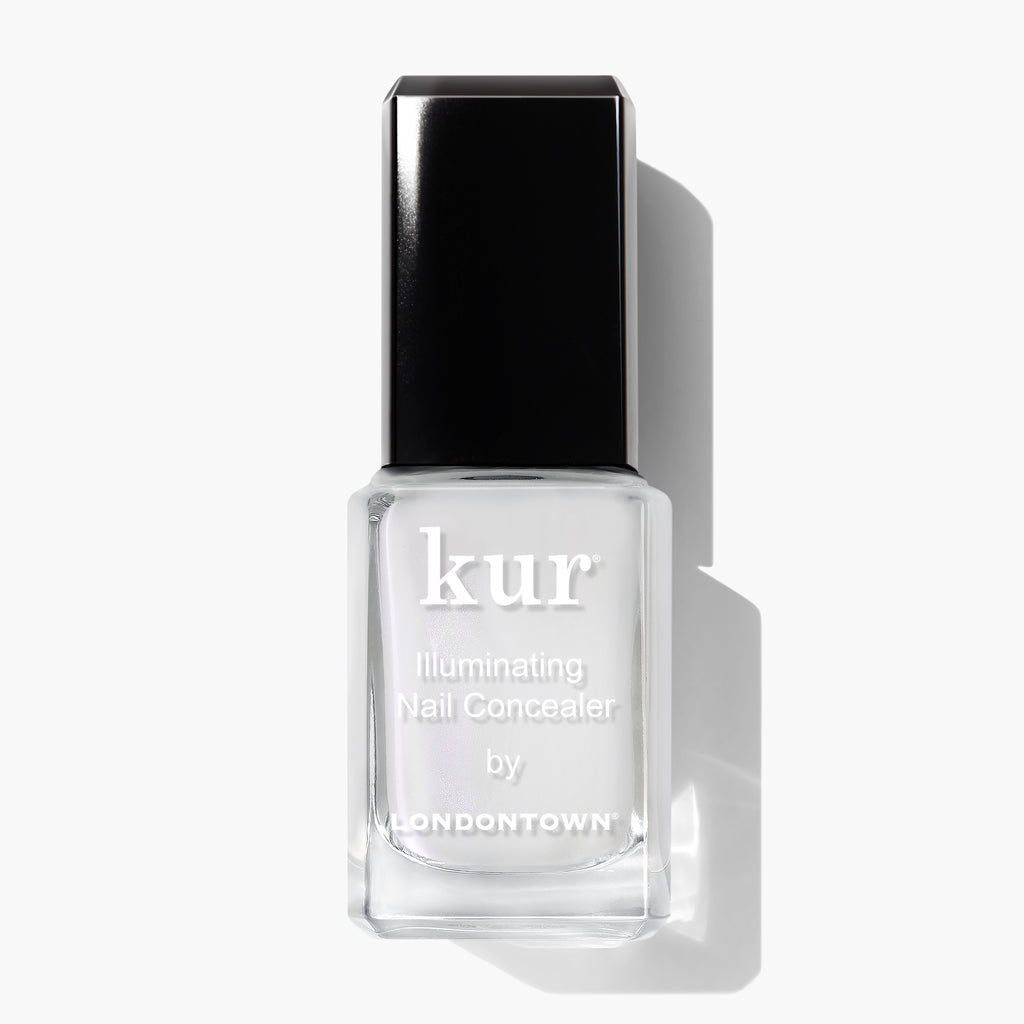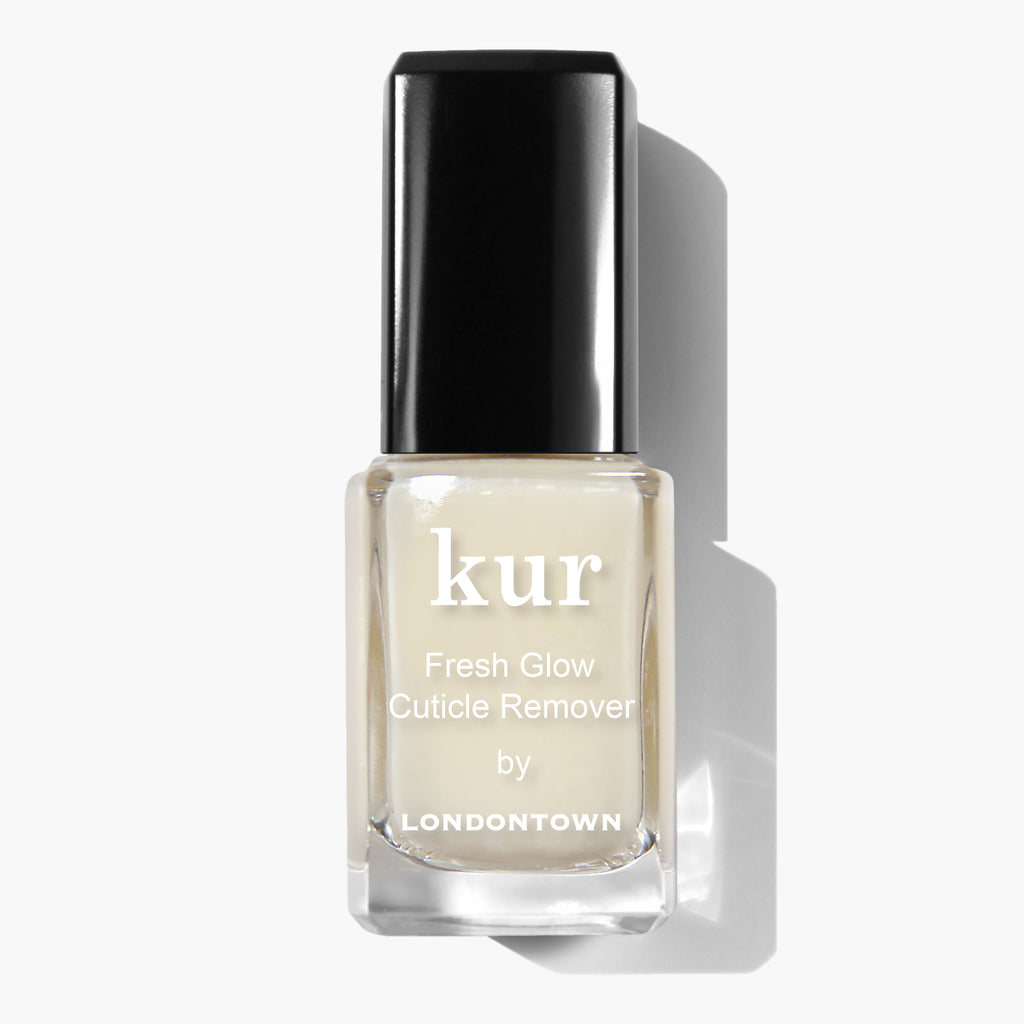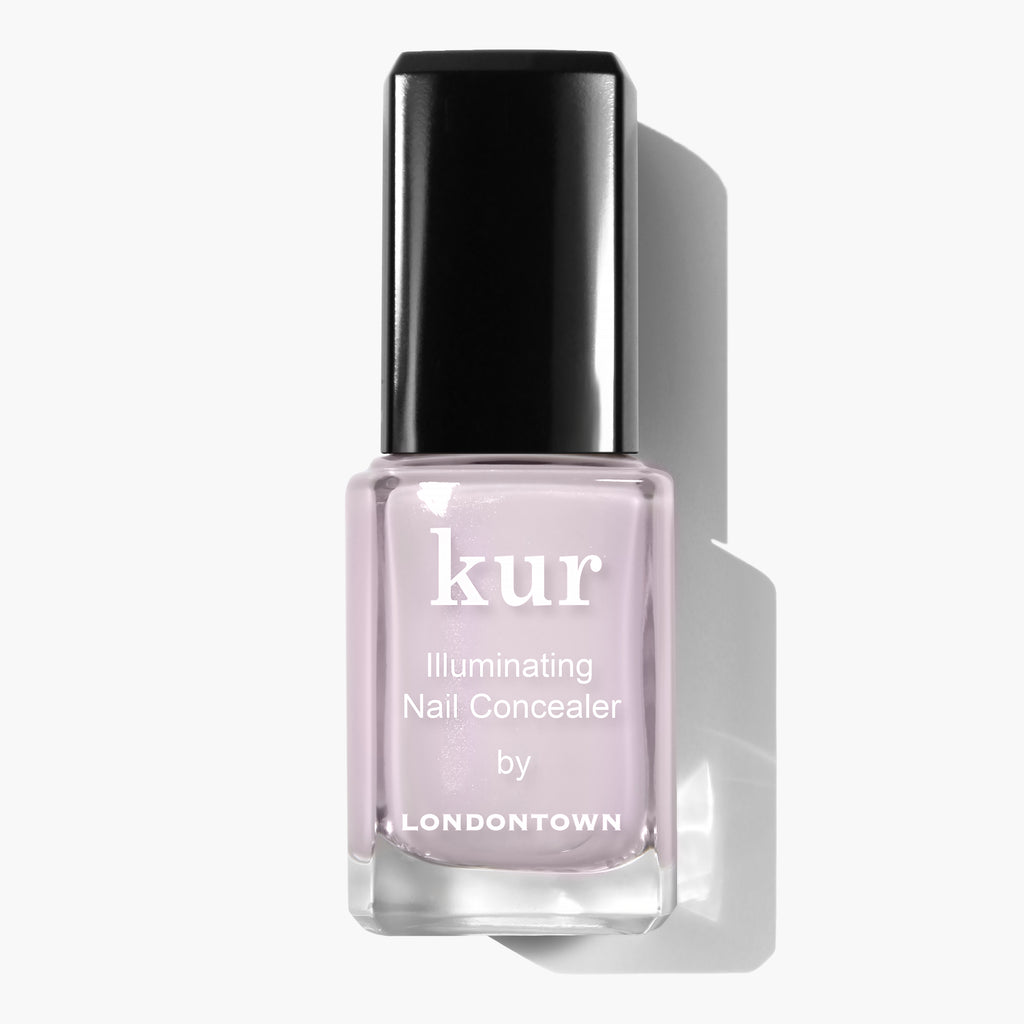Why Do My Nails Get Brittle In Winter? 5 Common Reasons

As winter rolls in, many of us notice a change in our nails: brittleness. This seasonal shift can be a real pain (if you’ve ever snagged your nails on your scarf, you understand), but understanding its causes can help you to take control of brittle nails in winter—and lead to effective solutions. Let's look at the most common culprits and discover how to maintain strong, resilient nails, even in the harshest season.
What Are Brittle Nails?
Brittle nails are very common. Characterized by nails that are weak, fragile, and prone to splitting, peeling, or breaking, this condition can make your nails look thin and lackluster. It's often accompanied by a rough or uneven texture. Brittle nails generally result from environmental factors and nutritional deficiencies. Especially in winter, the cold weather, dry air, and exposure to indoor heating can lead to increased moisture loss, worsening the issue.
Why Do My Nails Get Brittle In Winter?
1. Decreased Humidity
In winter, the air indoors and out becomes significantly drier. Lower humidity can lead to moisture loss in your nails, making them susceptible to brittleness. Just as your skin can get dry and cracked in the cold, nails can experience the same lack of hydration. That means increased fragility and breakage, making moisturizer important for skin and nail health.
2. Frequent Temperature Changes
Constantly moving between the frigid air outside and the warmth inside can take a toll on your nails. These rapid temperature shifts cause the nail plate to expand and contract, which can encourage splitting and peeling.
3. Overwashing and Sanitizing
Winter is cold and flu season, leading to more handwashing and hand sanitizer use. While these practices are so important for staying healthy, they can also strip nails of their natural oils, which are so important to nail strength and flexibility.
4. Nutritional Deficiencies
The winter months can sometimes lead to changes in diet, with less fresh fruit and vegetables rich in essential vitamins and minerals. Nutrients like biotin, iron, and omega-3 fatty acids play a pivotal role in nail health, so not getting enough can contribute to dry, brittle nails this time of year.
5. Lack of Proper Nail Care
During all the holiday merry-making, nail care can easily get overlooked. Skipping regular moisturizing, trimming, and protective measures, or using your nails as tools (we see you prying open those packages with your bare hands!), can compound the environmental stressors. All the more reason to keep a consistent nail care routine in the colder months.
Are Brittle Nails More Common In The Winter or Summer?
Brittle nails are more common in the winter than in the summer, primarily because of the environmental conditions accompanying the cold. Winter's dry air plus indoor heating mean reduced humidity levels, leading to moisture loss in skin and nails. Not enough moisture can make nails dry, weak, and susceptible to breakage. More frequent handwashing and hand sanitizing can strip hands and nails of their natural oils, worsening the brittleness. In contrast, summer is more humid, which helps on the nail hydration and flexibility front. Of course, individual experiences may vary and diet, lifestyle, and personal care habits can impact nail health in any season.
How Can You Tell If Your Nails Are Becoming Brittle?
If your nails are becoming brittle, you may notice that they split, peel, or break with light pressure. They might appear thinner than usual and have a rough, uneven, or ridged texture, lacking the smoothness and shine of healthy nails. If you find that your nails aren’t growing much or are frequently snagging on fabrics, these could also be indicators of brittleness. Being aware of these changes allows you to take steps to restore your nails.
How To Prevent Brittle Nails In Winter
- Moisturize Regularly: Keep your nails and cuticles hydrated by applying a nourishing hand cream or cuticle oil daily. Look for products containing ingredients like shea butter, jojoba oil, or vitamin E, which help lock in moisture.
-
Wear Gloves: Protect your hands from the elements and drying indoor heat by wearing gloves outside or doing chores inside. This barrier helps stop moisture loss and shields your nails from environmental stressors.
-
Eat a Balanced Diet: Ensure you’re getting enough of the nutrients that support nail health, like biotin, iron, zinc, and omega-3 fatty acids. Consuming leafy greens, nuts, fish, and eggs can strengthen nails from the inside out.
-
Limit Exposure to Water and Chemicals: Reduce the time your nails spend in water, and choose gentle, moisturizing hand soaps.
-
Practice Regular Nail Care: Use a high-quality nail file to gently shape your nails. Keep your nails trimmed, filed, and moisturized to prevent snagging and breakage.
Wave Brittle Nails Goodbye
While winter's chill can pose nail care challenges, knowing the reasons behind brittle nails can make all the difference in finding strategies that work to combat the problem. By prioritizing hydration, protecting your nails from environmental stressors, and getting a nutrient-rich diet, you can fortify your nails against the season's rough conditions. Winter weather doesn’t stand a chance against consistent care.
Are you ready for your best-looking, healthiest winter nails ever? Discover the transformative potential of Londontown, where our premium products are crafted to enhance your manicure while maintaining nail health. Dive into our innovative nail concealers and explore a vibrant palette of colors to achieve your most stunning nails yet. With Londontown, express your unique style confidently, knowing each product is designed with both beauty and wellness in mind.
Sources
1. https://en.wikipedia.org/wiki/Onychoschizia
2. https://www.aocd.org/page/brittlesplittingnail
3. https://nailknowledge.org/nail-knowledge-base/how-does-cold-weather-affect-the-nails

























